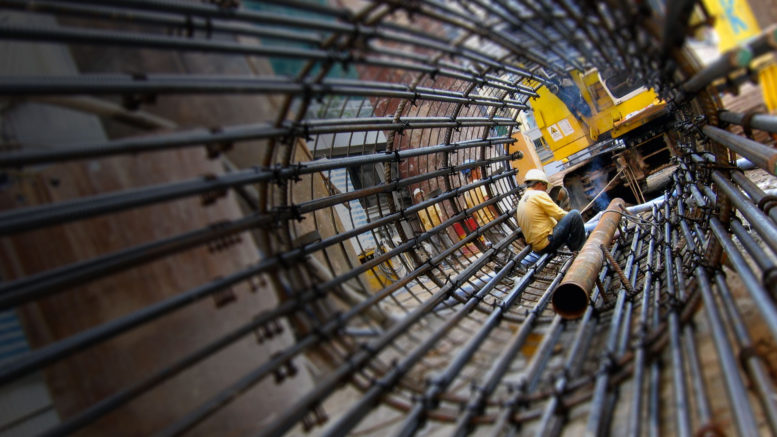ConDig (01-Nov-18). US construction expenditure nudged down 0.3% in September compared with an upwardly revised figure in August amid slight declines in sectors like power and commercial, according to an Associated Builders and Contractors (ABC) analysis of US Census Bureau.
The slight fall took total nonresidential spending to $767.1 billion on a seasonally adjusted, annualized rate in September, which was up 8.9% on a year-ago basis.
The August estimate was revised almost a full percent higher from $762.7 billion to $769.1 billion, a record high level.
The slight dip compared with last month follows 1.8% drop in the power sector, a 1.5% decline in commercial and a 1.1 fall in highway and street spending.
“Virtually no weight should be placed upon the monthly decline in nonresidential construction spending that occurred in September,” said ABC chief economist Anirban Basu.
“Rather, we should focus on the massive upward revision to August’s spending data. That revision finally aligns construction spending data with statistics on backlog, employment and other indicators of robust nonresidential construction spending. On a year-over-year basis, nonresidential construction is up nearly 9%, an impressive performance by any standard.
He added that spending growth was “neatly balanced” between a combination of a rise in the private and public sectors.
The leading sources of spending growth over the past year are water supply, transportation, lodging and office construction.
Water infrastructure received a shot in the arm last week after President Donald Trump signed America’s Water Infra-structure Act 2018 into law.
Despite the overall strength of construction, leaders of the industry continue to warn that labor shortages could undermine future demand for construction by inflating the cost of many projects.
“Given healthy backlog and indications that the economy will continue to manifest momentum into 2019, contractors can expect to remain busy,” said Basu. “The most substantial challenges will continue to be rising workforce and input costs. That said, there are indications of softening business investment, which could serve to weaken US economic growth after what is setting up to be a strong first half of 2019.”
Construction material costs have also been exacerbated follow a decision by President Trump to slap a 25% tariff on imported steel and a 10% duty on foreign aluminum from Canada, Mexico and the European Union on May 31.
AGC reported in August that well over two thirds of contractors are struggling to secure craft workers as a deepening skills shortage raises costs for companies across the construction industry.
